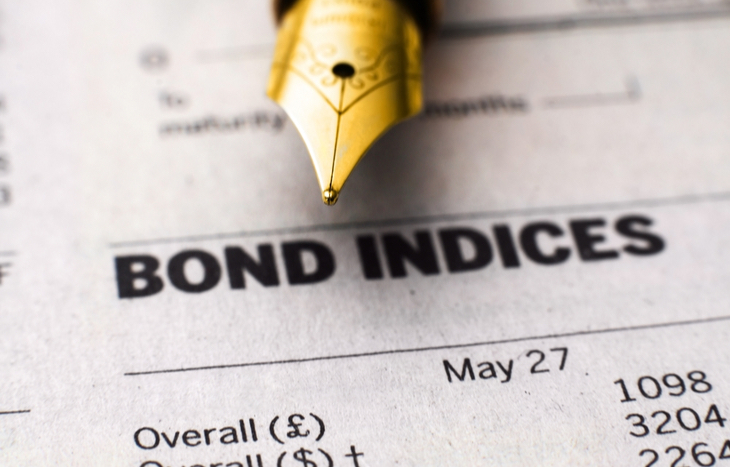Bond Credit Ratings
Feb 23, 2024 By Triston Martin
Standard & Poor's, Fitch, and Moody's are the world's three most prominent rating agencies. Whenever a firm or government issues bonds, they normally obtain a credit rating from each of these organizations, indicating the creditworthiness of the debt. These ratings account for various aspects, including the robustness of the issuer's financial position and its prospects. Investors can better understand the likelihood of a bond defaulting, which is the failure to make principal and interest payments on schedule, thanks to ratings.
Rating Factors
When evaluating an organization's potential to fulfil its financial obligations, bond rating firms consider several particular elements, including the following ones:
- The integrity of the issuer's income statement and balance sheet.
- The capability of the issuer to make the required payments on its debts.
- The state of the business activities of the issuer.
- The forecast for the issuer's economy in the next years.
- Conditions prevail in the marketplace today, including profit margins and profit growth (corporations).
- The robustness of their respective economies (government).
When assigning ratings, taking into account the financial model of a bond issuer is vital. Together with the cash flow statement, the balance sheet, which is the financial statement that shows a business's assets, liabilities, and equity, is used to establish how a firm uses its cash and debt.
Each firm is assessed on the chance that they will pay off their obligations after paying their costs and how they fund their activities. In the case of nations, the rating considers their overall amount of debt, their debt-to-GDP ratio, the extent of their deficit spending, and the direction in which they are moving.
Each department analyzes the possible effects of changes to a government's regulatory environment and the government's capacity to weather economic storms. They also consider the tax loads of consumers, the prognosis for economic development, and the political climate.
A Guide to Understanding the Ratings
Standard & Poor's assigns a grade to each bond based on its placement in one of 22 categories, ranging from AAA to D. While Moody's has a different naming pattern, Fitch's bond credit ratings are largely equivalent to those mentioned above. Investments may be given either a plus (+) or a minus (-) symbol inside each S&P category between AA and CCC to indicate their status. For example, investments can be given either an AA- or an AA+ symbol. If a bond has a plus sign, it indicates that it has a higher rating than one that has a letter, and if it has a minus symbol, it indicates a lower rating than one that has a letter.

In general, the rating has a direct correlation to the yield. This is because investors need to be rewarded for taking on more risk. In addition, the higher a bond's rating, the lower the probability it would fail on its payments. Bonds that have been given ratings ranging from AAA to BBB- are considered investment-grade bonds. Since bond issuers are more inclined to pay off their obligations, they are often considered to have a lower level of risk than other types of investments.
Bonds rated at or below BB+ by Standard & Poor's or Fitch or at Ba1 or below by Moody's, are referred to as "junk" bonds since they are not deemed suitable for long-term investment. The issuers of these bonds hold a greater amount of debt than those of investment-grade bonds, which have a stronger ability to pay off their obligations. As a result, the risk associated with these bonds is higher.
Even with a good rating, additional risks are still to consider, most notably the danger of fluctuating interest rates. Consequently, high ratings may divulge information about the issuer but are not always reliable in predicting how a bond will carry out in the market. However, the price of bonds tends to increase when their credit ratings are increased and decrease when the rating is decreased.
What Kind of Meaning Do Ratings Carry?
Because bond ratings are mostly determined by looking at previous financial information, there is no way to tell how well a bond will perform solely on its rating. This is because there is no way to predict the future. In addition, there is no correlation between a company's historical success and future financial performance or investment returns. The degree of danger that certain individuals perceive in investment is all that ratings can convey.

It is impossible to predict how well a bond would do based on its rating since ratings are calculated using historical data taken from business reports. You may use the maxim "past performance is not indicative of future productivity or returns" to bond ratings in the same way you might have heard it apply to the valuation of stocks. All that can be determined from the ratings is the level of risk that various individuals perceive in an investment.





